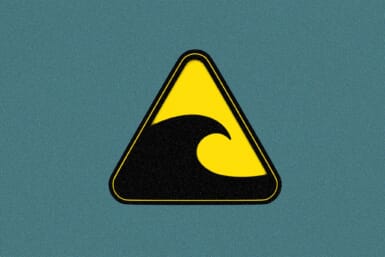Provided by MAGELLAN JAPAN:
THE FINANCIAL PLANNING COMPANY
Tel. 03-3769-5511
When it comes to health, you go for a medical check up to see if you’re physically fit. But when it comes to wealth, it’s as important that you do a regular check up, too.
You can use financial statements to determine your financial fitness. They are income statements and balance sheets. The process is at first tedious as you need to dig out bank statements, bank books, investment certificates, as well as details of any debts such as credit cards, loans or mortgage papers, and get them organized in a proper format.
But once you’ve done this check up, you’ll have a clear picture of where you stand financially and you can take the necessary measures to achieve fiscal freedom. Besides that you’ll be more in control of your money and know how to spend your money wisely.
First you can prepare an income statement. An income statement is also called a profit and loss statement. An income statement consists of two sections: monthly income and expenses. Your income would probably comprise of salary, possibly rent from property, dividends from stocks and bonds, and interests from savings accounts. Your expenses would be food, clothing, utilities, car loan payments, credit card payments, home mortgage payments, medical expenses, entertainment, insurance payments, charity, taxes, and education. List your income and expenses into each section accordingly. Then calculate your total income and expenses.
Once you’ve done that, it’s time to calculate your net income. Net income is the difference between your gross income and expenses:
net income = gross income – expenses
If you have a negative net income, it tells you that you spend more money than you have. In that case you need to make plans to reduce your spending or increase your income.
The next step is to prepare a balance sheet. Like income statements, balance sheets also have two sections: assets and liabilities. Assets are your cash, property, car, bank accounts, stocks and bonds, mutual funds, retirement plans, and businesses. Liabilities include mortgages, credit card loans, car loans, personal loans, education loans, and taxes. Prepare your own balance sheet by listing down your assets and liabilities. Calculate your total assets and total liabilities.
The following step is to calculate your net worth. Net worth is the difference between total assets and total liabilities:
net worth = assets – liabilities
Net worth is usually used to determine whether a person is wealthy. This simple exercise keeps you one step ahead of many people and prepares your financial planning future.
So, are you financially fit?









